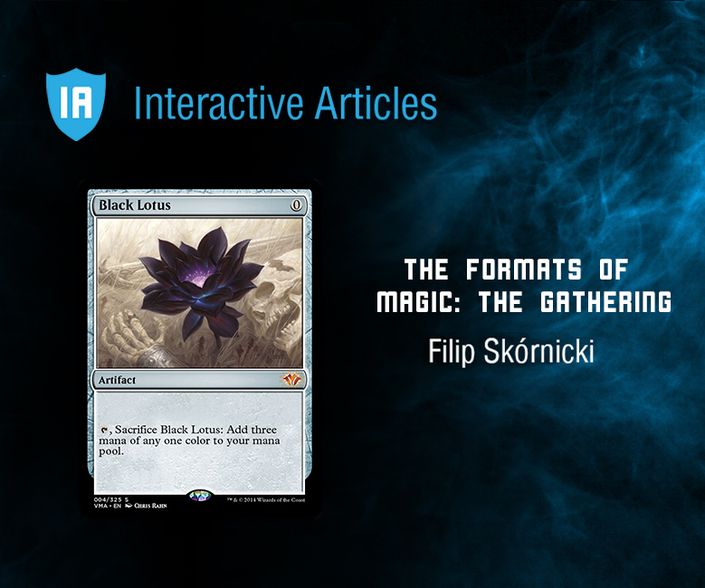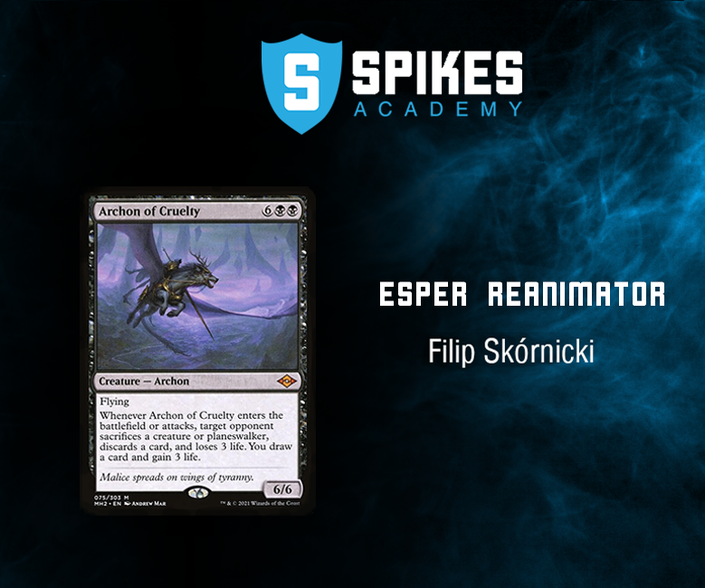Magic is a very complex game and there is a lot to understand beyond a single game or match. One of such aspects is the metagame which can be roughly defined as the collection of all the matches played. We look at all the matches that have been played (and we have data of) and we can determine what the most popular decks are. However, it’s way more complicated than just determining what deck wins the popularity contest. Let’s break it down together.
Let’s say you have a tournament which was won by Burn, but the representation was 15% Tron, 10% UW Control, 8% Dredge, 6% Burn, 4% Mill and 57% Other – what should you bring to the tournament?
I want to begin with a very simple model which is a prime example of a relation between elements in a metagame. Enter – Rock Paper Scissors.
We all know how it goes – Rock beats Scissors, Scissors beat Paper, Paper beats Rock… and the cycle continues. In this simple system, there are 3 elements, each loses to one and wins against one deterministically with no elements of randomness or chance involved.

If we hold a Rock Paper Scissors tournament where every player pre-registers what they are going to play throughout the tournament, we will get some results. Let’s say that the representation among all players was 30% Rock, 50% Paper and 20% Scissors, and Rock won the whole thing. With that data, players are going to react to the metagame (this specific distribution and representation of decks).
Some players will bring the one that beats the winning element so Paper. Some players will react to the most represented element and bring the best weapon against it so Scissors. And if that’s the case, the players who brought the best weapon against the winning deck (Paper) will now play against the best weapon against the most represented deck (Scissors) and Scissors will come on top. So actually bringing the winning deck would be the best! And this tournament would yield some results and players would keep trying to choose the best weapon based on various factors.
This simple scenario illustrates people’s reactions to metagame shifts.
Now, let’s make it a bit more complex. Let’s imagine a similar 10-element set with the same circular relation of loses to one and wins against one.
In this case:
1 beats 2 and loses to 10
2 beats 3 and loses to 1
3 beats 4 and loses to 2
Etc...

This model shows that each element has a deterministic win and loss among all the decks.
We can have a tournament in this model and it would be very similar to the first tournament described earlier.
I shall add another layer of complexity to the model. Because there are 10 elements in the model, we need to add a relation between each element. For example:
- 1 beats 2, 4, 6, 8 and loses to 3, 5, 7, 9, 10
- 2 beats 3, 4, 5, 6 and loses to 1, 7, 8, 9, 10
- Etc…
Again, when a number plays against itself it’s a draw.
At this point we can take a look at a few aspects. First, how many decks does each element/deck win against and lose to? If there is one deck that wins against 9 decks, it’s clearly going to be the strongest. This is what we would now call match-ups, so how each deck fares against another deck. In the cardgame jargon, we’d talk about how many good and bad match-ups a deck has, so against how many decks it wins and to how many it loses.
Let’s assume that the match-up distribution is uneven and some decks have 3 winning match-ups, some 5, some 7 etc.
We hold a tournament and we get results. Now the metagaming process gets substantially more creative and interesting. Let’s say deck 4 won the whole thing and it wins and loses to exactly 5/5 decks. What will you bring to the next tournament?
Option 0 – bring 4
Option 1 – you can bring a deck that beats 4
Option 2 – you can bring a deck that beats the deck that beats 4, so a deck that beats Option 1
Option 3 – you can bring a deck that beats the deck that beats the deck that beats 4, so a deck that beats the deck that beats Option 1, so a deck that beats Option 2
Option 4 – you can bring a deck that beats….
And this could go on. Usually, we’d stop at level 3 and not go deeper. Bear in mind, that Option 2 might not beat 4 but beat the deck that beats 4. The relation is not transitive and the match-ups might not line-up the way you’d think they would.
However, that’s not all. So far, we’ve talked about matches being deterministic and having clear win-lose. If games were like this, there would be no point in us even showing up to play, we’d already know who’s going to win. Where’s the fun in that?
So now we changed the deterministic relations to probabilistic relations.
- 1 beats 2 - 55% of the time, 4 - 53%, 6 – 60%, 8 – 57% and loses to 3 – 55%, 5 – 59%, 7 – 67%, 9 – 51%, 10 – 53,5%
- Etc…
The whole model has got its match-ups defined probabilistically. Now if we use the option system described above all the ‘beats’ will change to ‘beats n% of the time’ which makes it much more difficult to know the actual final outcome.
To make it even more annoying, the percentages can be skewed by players’ preparation or technical level of play. An excellent player who in theory has 40% to win can demolish a bad player who would be 60% to win. Naturally, this model would reward skill and plenty of other factors, not only the deck choice.
But but but it’s not all. Decks do not have one specific build card-for-card. If 1 loses to 3 55%, the 1 player might want to change their deck a bit to win more often. But it comes at a cost, as they might incidentally make other match-ups worse by making this one match-up better.
This is how metagame works in Magic
Pretty complex, isn’t it? Let’s look at some practical real-life examples.
Let’s say you have a tournament which was won by Burn, but the representation was 15% Tron, 10% UW Control, 8% Dredge, 6% Burn, 4% Mill and 57% Other – what should you bring to the tournament? Sounds familiar? It’s the example from earlier. Let’s not unpack it fully.
Option 1 – you bring Burn again, but you have the target on your head. You might need to change the deck a bit to adapt to people bringing decks good against you.
Option 2 – you bring a deck that is good against Burn. By good I mean 55%+ win percentage against it. Let’s say it’s Dredge.
Option 3 – you bring a deck that is good against Dredge like Ad Nauseam.
Option 3 sounds like a good choice as it is good against Option 2 and actually Option 1 at the same time. The real question is how many people will recognize that and either play Ad Nauseam themselves or opt to play a deck that is good against it.
Lastly, remember that the representation barely exceeds 10% per deck. It means that in a 10-round tournament statistically you’d play against Burn less than once. A much much bigger proportion is the Other category which can be anything. It means that your deck has to have a cohesive plan, because just hoping to beat the Burn decks in your way might spell disaster.
I hope you understand the metagame model a bit better now. It’s a supremely fascinating aspect of TCGs and Magic specifically. I love exploring it and trying to understand the ebb and flow of decks.
And as always – please remember to hold my hand and pass the turn together. Cheers!
Like what you just read?
Check out our other content!









